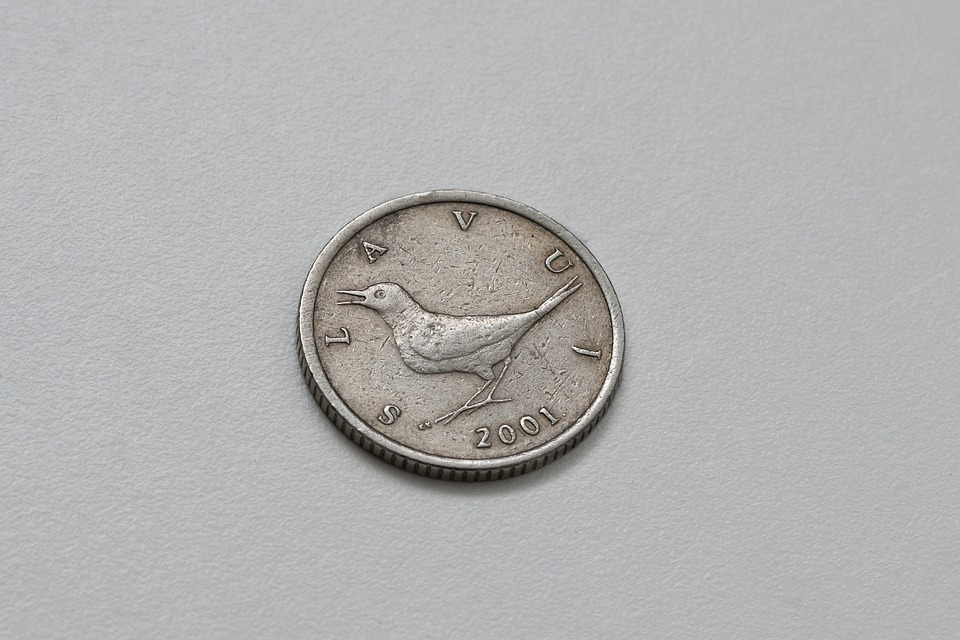As Poslovni Dnevnik writes, the public debt across the European Union and within the Eurozone itself, expressed as a share of GDP, decreased in the fourth quarter of 2021 thanks to the recovery of the economy following the coronavirus crisis, and the Republic of Croatia is among the countries with the biggest decline, a Eurostat report showed last week. At the EU level, public debt as a share of GDP stood at 88.1 percent at the end of 2021.
When it comes to Croatian public debt, consolidated general government debt amounted to 343.6 billion kuna back at the end of December, which corresponded to 79.8 percent of the nation’s overall GDP.
Back at the end of September 2021, Croatian public debt amounted to 345.3 billion kuna, which corresponded to 82.7 percent of domestic GDP. At the end of pandemic-dominated 2020, it amounted to 330.4 billion kuna, which corresponded to 87.3 percent of GDP. When it comes to other EU member states, Estonia had the lowest level of public debt at the end of last year, standing at a mere 18.1 percent.
In most European Union countries, public debt as a share of GDP was lower at the end of last year than it was back at the end of 2020, the first year of the global coronavirus pandemic, thanks to a recovery in the economy that was spurred by the easing of epidemiological measures in many countries.
Compared to the end of 2020, public debt decreased the most in Greece and Cyprus, by 13.1 and 11.4 percentage points, respectively. Those countries are followed by Portugal and Croatia, whose public debt as a share of GDP in the fourth quarter was lower by 7.8 and 7.5 percentage points, respectively.
For more, make sure to check out our dedicated politics section.












